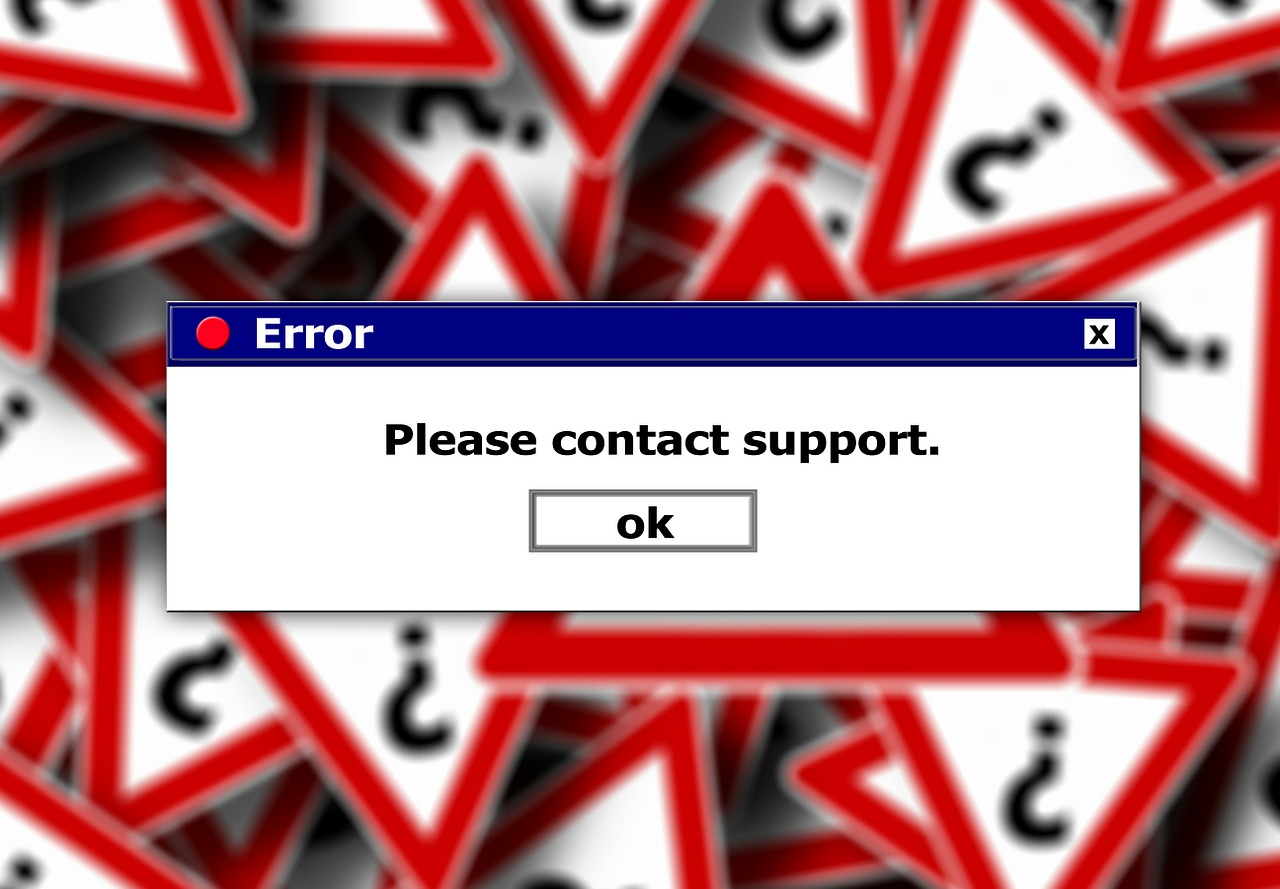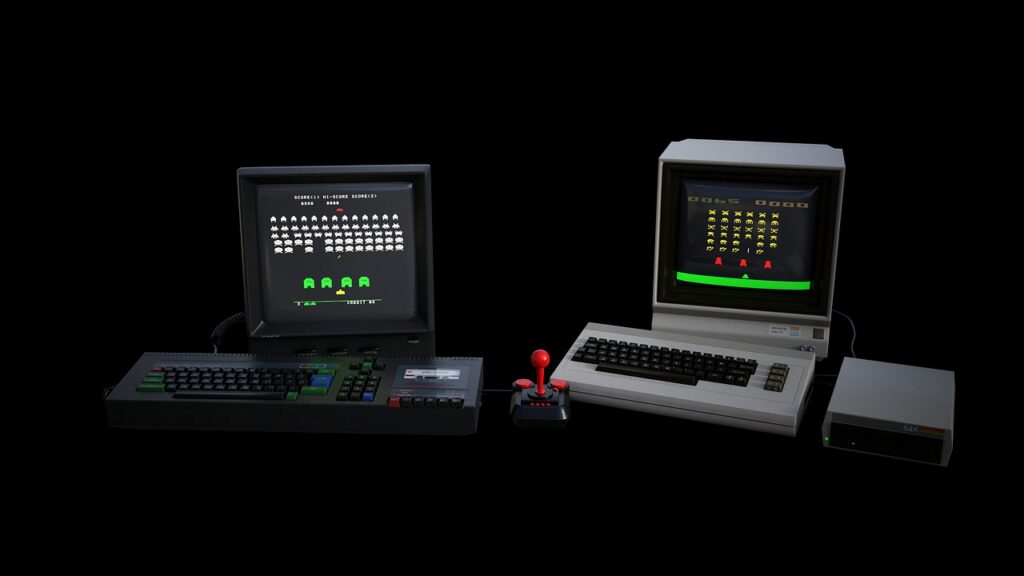Legacy Software
The concept of Legacy IT Software brings about mixed reactions in the enterprise world. Legacy Systems refer to outdated or obsolete technologies that continue to serve business needs, despite the modern alternatives available in the market.
Proponents of legacy software believe that if a system isn’t broken, there’s no need to replace it. This makes sense for mission-critical applications that require near-constant, high availability, and cannot risk downtime. Examples include IBM mainframes handling customer accounts in banks and a 1970 HOST GPS system controlling high altitude air traffic.
On the other hand, legacy systems defy the assumptions of our digital-first era that are shaped by open and feature-rich technologies that can quickly evolve to meet the changing needs of the business.
So why exactly should you consider modernizing your IT systems? Let’s start with the issues associated with legacy systems.
The Legacy IT Problem

Industry incumbents are typically known for their well-established processes through repeated problem solving. This strategy enables them to maintain consistent operational performance and scale business. Their approach to working, operational workflows, processes, and technologies embody their organizational capabilities. The main challenge: resistance to change.
Furthermore, the lack of expertise required to ensure that these systems are humming along nicely, and the push toward a digital-first world, has forced organizations to embrace the transition to modern cloud-based solutions.
Here are some of the issues associated with legacy systems:
- Obsolete Technology: Outdated technologies may no longer support the needs of a modern IT-driven business organization. Legacy systems are difficult to maintain and customize. Most organizations operating legacy technologies tend to build operational processes around legacy systems and their underlying technology limitations, leaving them at a disadvantage.
- High Operational Cost: According to recent research, legacy system maintenance costs 15% more for most organizations every year versus modern systems. Banks and insurance companies already spend 75% of their IT budget on maintaining legacy systems. The costs range from licensing and support fees, replacing outdated components, patching bugs, and fixing security issues.
- Software Brittleness: Outdated systems and legacy applications typically have limited or no vendor support. Documentation is not well maintained and technology experts are hard to find. As these systems grow over the decades, new components are added to change the system behavior or fix previous issues. These upgrades tend to introduce subtle failures that go unnoticed until subsequent changes are made. Limited vendor support and lack of compatibility with modern technology standards means that these failures can be hard to fix and cause unexpected downtime.
- Inadequate Integration: It has been observed that legacy technology systems do not integrate well with modern technical standards and protocols followed by newer technologies. Without proper integration, there is a high probability that disparate legacy IT systems may run in their own silos; thereby bottlenecking the overall performance and compromising scalability and dependability of the overall IT environment.
- Legacy IT Skills Shortage: Legacy technologies, such as mainframe computing, COBOL, Visual Basic, and FoxPro, skillsets are aging out of the modern technology stack. These technologies power mission critical applications in the financial, government, and utility infrastructure industry segments. Specifically, these industries are still using mainframe computers, programming languages such as COBOL, MS-DOS based operating systems and hardware such as Intel 286 and Apple IIGS. As legacy IT experts retire and freshly minted graduates are no longer inclined to pursue specializations in legacy computing technologies, a huge talent deficit is created.
What Does the Modernization Process Look Like?

Transformation of legacy IT systems to modern technologies is a complicated process and the success greatly depends on the depth and breadth of experience of your technology partner. Their expertise in digital transformation and ability to solve complex problems associated with developing custom software solutions are vital. Organizations pursuing the transformation can adopt a variety of transition models and workflows to optimize the modernization process and mitigate the associated risks:
- Top-Down Model: New use cases, concrete ideas and innovation opportunities are defined for modernizing the IT environment. Custom software or off-the-shelf solutions are adopted to enable the business use cases previously delivered using legacy solutions.
- Bottom-Up Model: Existing use cases and processes are modified and deployed in the modern IT environment. Parts of existing legacy IT form the basis of a new digital transformation strategy that is extrapolated to new IT service delivery models, such as cloud computing.
- Hybrid Model: A mix of Top-Down and Bottom-Up models are adopted based on the technical opportunities and limitations associated with existing legacy IT systems. Organizations may choose to maintain legacy IT computing for mission-critical applications until a proven functional model is available in the form of modern software. Migration of low-risk components can start first, gradually migrating key components of the legacy system to ensure a smooth transition.
- Picking Your Pace: The modernization can take place gradually (evolutionary) or a significant proportion of business apps and processes can move directly to the cloud, repurposed or rewritten for the modern IT environment (revolutionary).
- Transition Plan: An integral part of the modernization or code rewriting strategy is to plan for and execute effective risk mitigation. A systematic approach to reduce security risks and develop high performance software in compliance with applicable regulations is required.
What are the Benefits of Modernizing from Legacy to Modern Software?

Let’s look at the flipside: a fully functional modern IT software suite and infrastructure environment to kickstart your digital transformation journey. The transition from legacy IT to modern technology systems promise the following key value propositions:
In context of technology:
- Optimized for Cost Performance: Your IT budget is no longer spent merely on keeping a legacy system alive. Instead, IT workloads are distributed optimally across various environments – on-premise data centers; private, public or hybrid cloud; and multi cloud infrastructure. This results in budget allocation for business improvement, digital transformation innovation projects that directly improve the business’s bottom line and open new avenues for revenue generation.
- Functionality and Business Use Cases: Instead of adopting limiting process workflows and use cases satisfied by existing legacy technologies, organizations can discover new opportunities with modern solutions.
- Highly Secure and Dependable: Modernized software is secure by design and can target high availability performance (uptime of 99.999% and above). In contrast, legacy IT is typically maintained in-house, and the uptime performance cannot be guaranteed at the large scale of modern software deployments.
In context of business operations:
- Scalability: Modern cloud-native software can be scaled for a large user base without running into performance and security issues, unlike legacy technologies.
- Agility: Modern software solutions can be updated, customized and improved with new features, allowing incumbent organizations the ability to operate like small and agile startup firms.
- Skills and Expertise: New and highly skilled talent is always available to work with the latest and greatest technologies, whereas experienced professionals working with legacy technologies are hard to replace.
- User-Centric Design: Modernized software solutions can be designed to solve specific business problems and open doors for new business opportunities.
- Data-Driven Operations: Advanced analytics capabilities, as well as AI/ML solutions, can be integrated with modern software to deliver intelligent business use cases and applications.
- Growth and Productivity: Organizations can aim for operational excellence, productivity, and user growth with a low learning curve, thanks to the user-centric design and functionality of modern software.
Modernization vs Rewrite
The decision to rewrite is a serious matter. Rewrites that don’t consider the risks and manage the transition are destined to fail. Rewrites aren’t always the most optimal solution; technical gaps can sometimes buy more time to more carefully plan for change.
Give us a call, or submit your information below, and let us help you choose which path is right for you!




